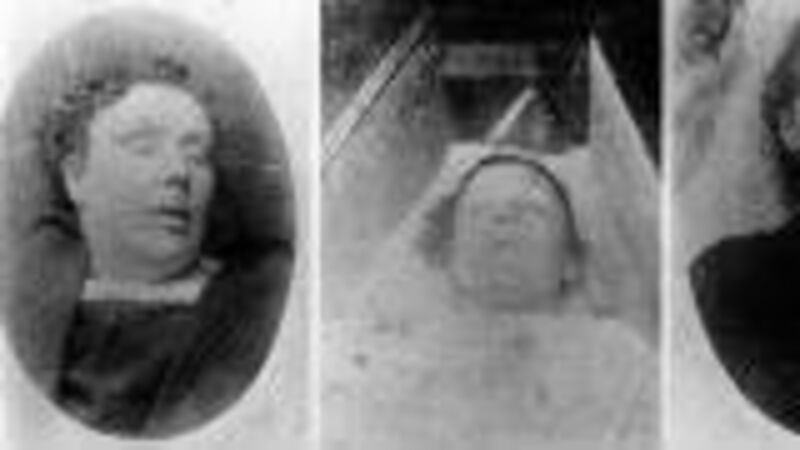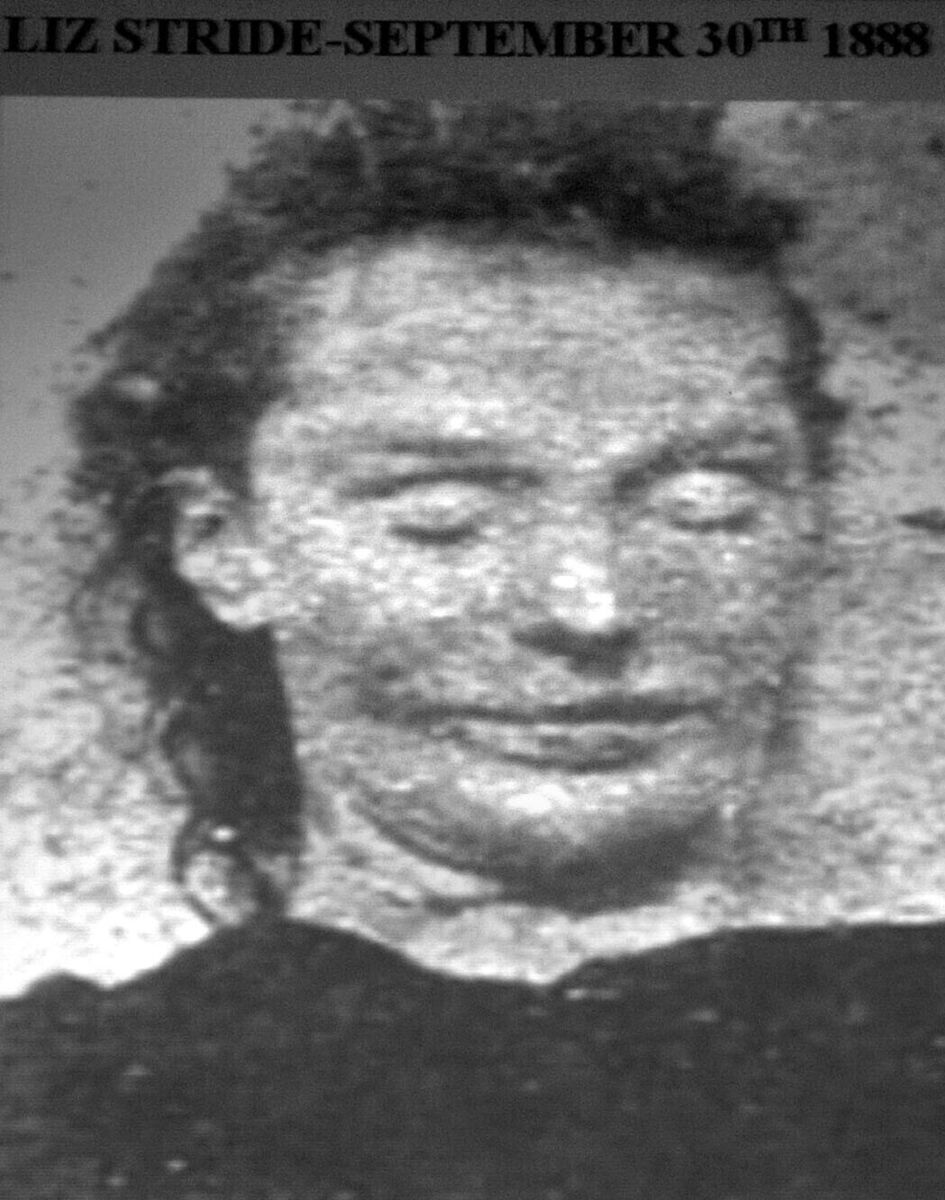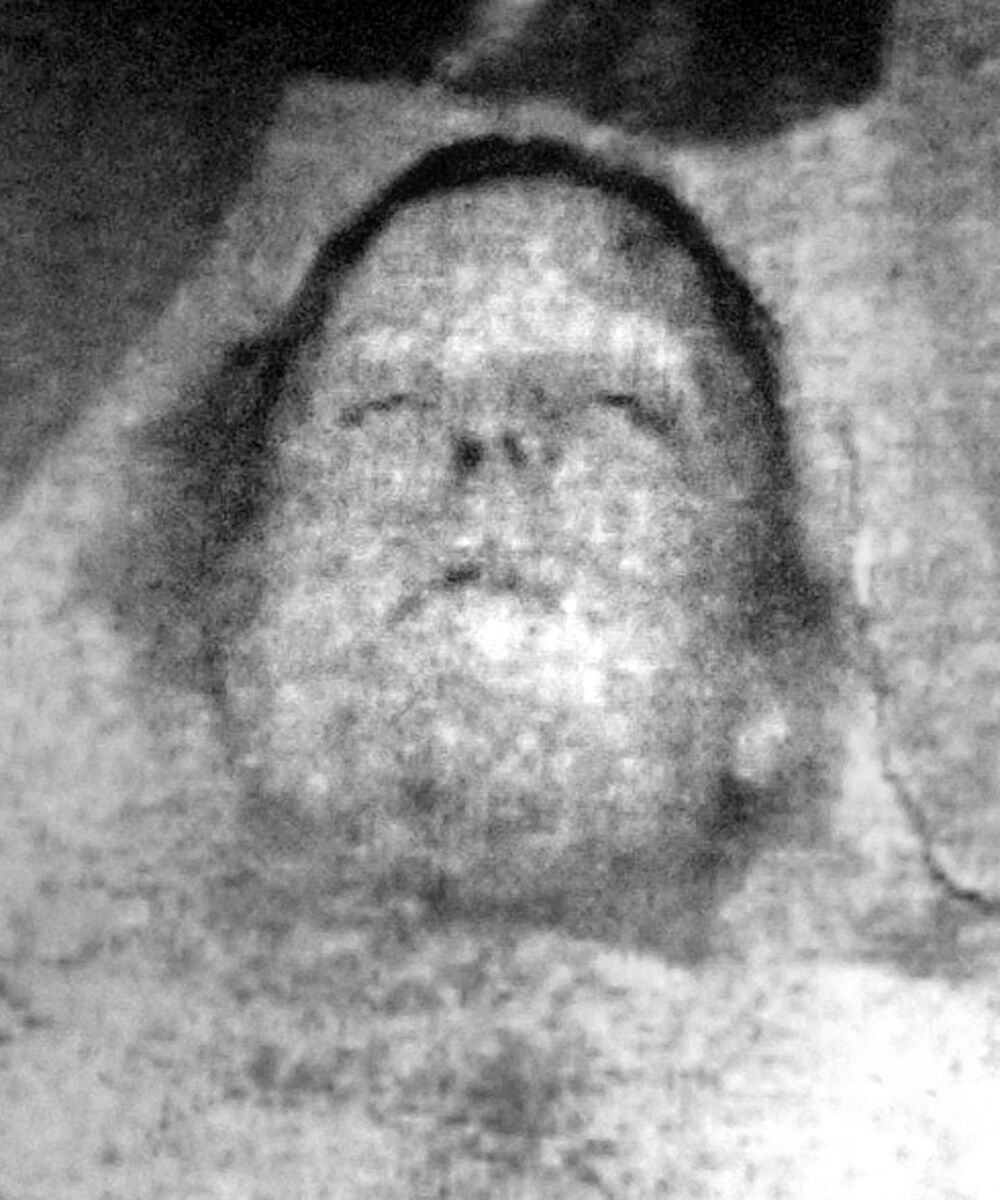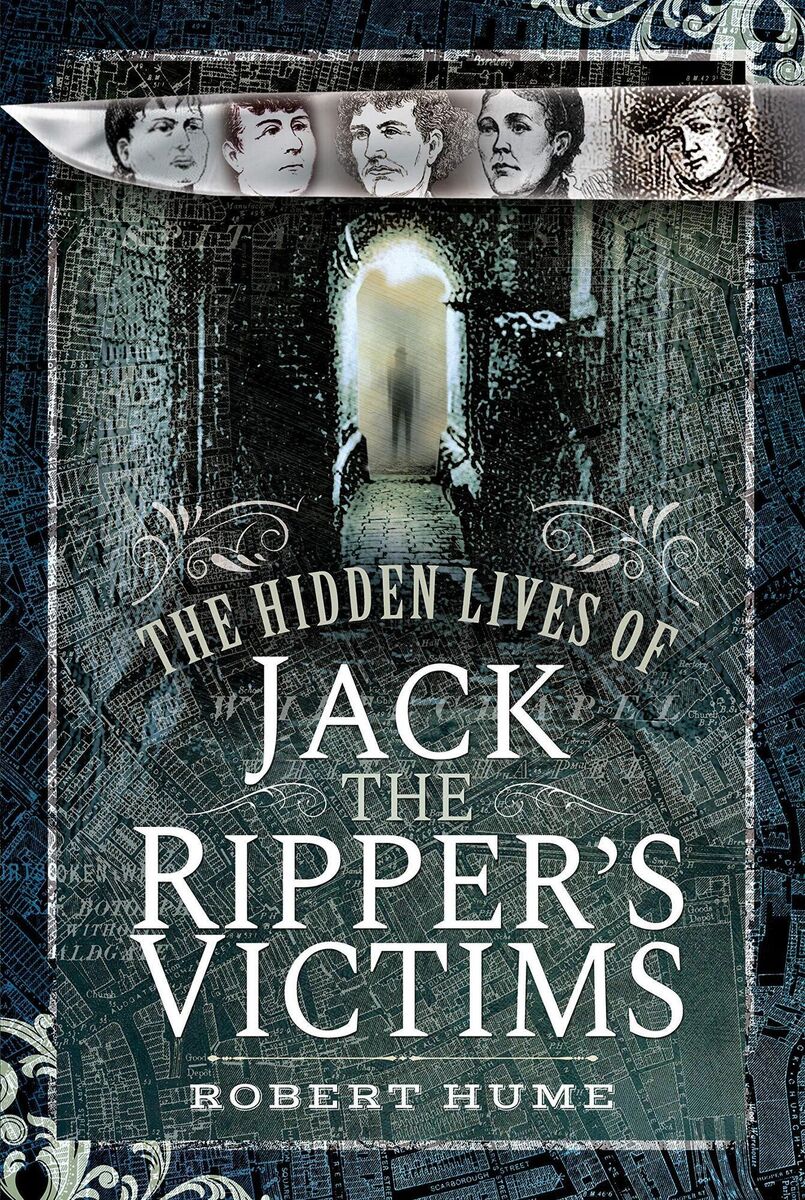Jack the Ripper's victims: 'People are fascinated by guts and gore — but the victims have been passed over'

A composite of three Scotland Yard issued photographs of serial killer Jack The Ripper's female victims, all killed between August and September 1888 L-R: Annie Chapman, Mary Ann Nicholls and Elizabeth Stride.
The names Mary Ann Nichols, Annie Chapman, Elizabeth Stride, Katherine Eddowes, and Mary Jane Kelly may not be instantly recognisable. However, they are all victims of one of the world’s most infamous serial killers.
In 1888, Jack the Ripper went on a murderous rampage through Whitechapel, in East London, slashing the women’s throats and disembowelling them.
Historians have long been fascinated by the crimes and identity of the killer, yet very little is known about his victims.
A new paperback edition of the 2019 book , by Irish Examiner contributor and historian Robert Hume, sheds some light on these women’s lives.
“They’ve been treated as prostitutes and second-rate characters and sort of been dismissed, whereas the focus should surely be on them,” says Hume.

For Hume, a former history teacher in the UK, the subject matter is familiar territory. “I’ve taught Jack the Ripper for 30 years and it’s always gone down a storm,” Hume says.
The unsolved murders appeal to the curious minds of secondary school students.
“They tried to work things through and come up with a solution. But a few of them said, ‘We didn’t do anything much about the women, the actual victims.’ They were sort of passed over.”
This gave Hume the idea to research the women and their lives. However, finding primary source material proved challenging.
“If you go to the Jack the Ripper Museum in London, as I did a few years ago, it’s appalling,” Hume says.
“You don’t even come across any mention of the women until you get to the top floor. There are five floors. It’s screams and blood-curdling photographs, and then there are a few paragraphs on each of the women when you get to the top. I thought, ‘This can’t be right.’”
Hume had to be creative in his quest for information.
“You’re reliant on newspapers. There’s some documentary evidence and physical evidence in the buildings themselves… You can go to census returns to find out about who’s living in the area.”

There is little record of the Irish woman, Mary Jane Kelly, who was understood to be from Limerick.
“The material is very, very sparse. We’re not even absolutely sure that she was the one who was born in Limerick. She’s the Irish one, but we’re not really sure of her early life, and then she dies.
“She’s tragically the youngest, and she died at 25, so we have a very limited amount of information about her.”
While the women came from different places and backgrounds, they faced similar hardships.
“What they’ve got in common is the fact that they’ve been beaten, they’re dependent on alcohol in most cases, and the very difficult employment situation for women at that time, the lack of opportunities.”
With the odds stacked against them, these women took whatever limited opportunities they could to earn money.
“One of the things which they did was to try and take in other people’s washing.

“Mary Anne Nichols, the first main victim, that’s what her mother had done. But it was impossible for [her] to do that, because she didn’t have a house, she didn’t have a mangle, she didn’t have an iron. She didn’t have the basic things to be able to do that.”
Another of the victims, Katherine Eddowes, resorted to selling flowers. “She went to Covent Garden at four o’clock in the morning and sold what flowers she could.”
The intention of the book is to bring these women’s stories to the fore.
“All of this needs revealing, bringing to light. Take the focus off of Jack the Ripper, who’s had far too much attention. Let’s put it back on the victims, for goodness sake.”

Hume recognises that modern audiences have an undeniable appetite for unsolved murders and serial killers. “I think it just reflects human nature, the fact there is this interest in guts and gore.”
However, this book avoids treading over old ground as far as the identity of Jack the Ripper. “I try not even to mention him. I pay hardly any attention to theories about who Jack the Ripper was.”
What readers can expect is a fascinating insight in to the tragic lives of these hardworking, determined, and fiercely independent women. “I think they will be shocked as to the conditions in which women were expected to live.
“They weren’t really given much of a life.”
- ‘The Hidden Lives of Jack the Ripper’s Victims’, by Robert Hume, will be released in paperback by Pen & Sword Books on September 20.







